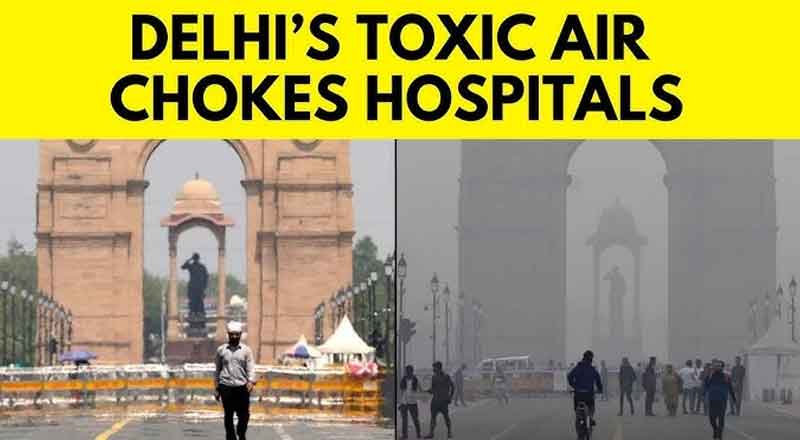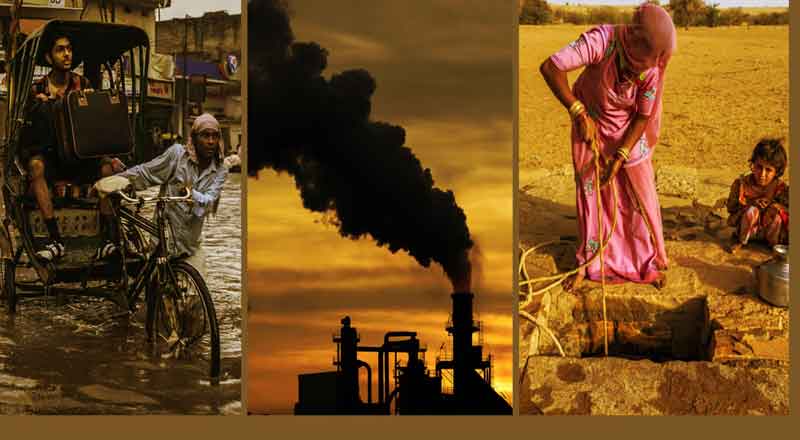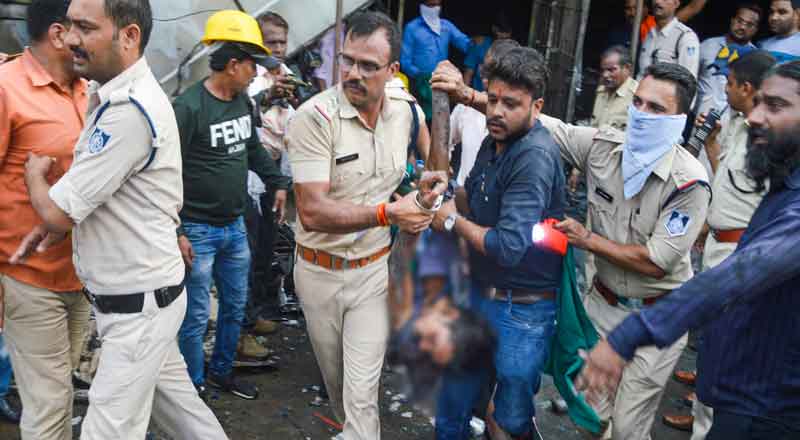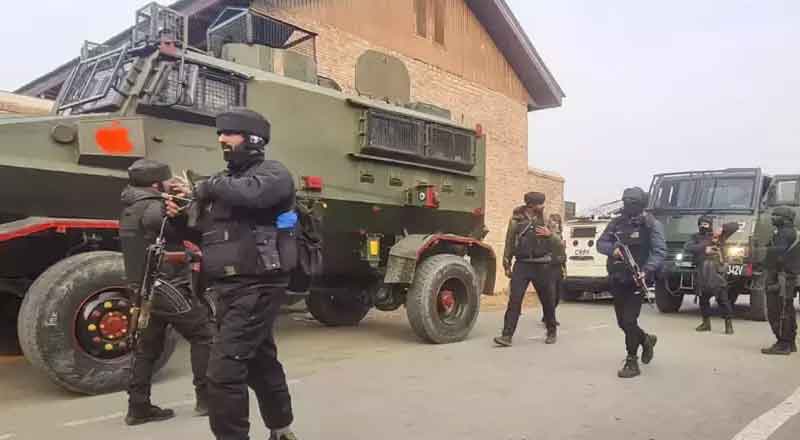Delhi’s Annual Smog Siege
Every winter, Delhi transforms into a pollution hotspot as cold air traps particulate matter, emissions, and smoke from crop stubble burning in neighboring states. The capital’s Air Quality Index (AQI) regularly spirals into “severe” and “severe-plus” categories, posing health risks for millions. The city’s winter woes, driven by meteorological factors and human activities, demand immediate and sustained interventions. This season, however, has hit alarming levels, with the air quality deteriorating to the worst recorded so far.
A Morning Cloaked in Smog
On November 18, Delhi woke up under a blanket of thick smog, a mix of smoke and fog, reducing visibility to 150 meters at Palam airport by 5 a.m. Flight operations and train schedules were severely disrupted, showcasing the tangible impact of poor air quality. The AQI, recorded at 481 early in the morning, plunged into the “severe-plus” category, making outdoor activity hazardous.
Experts attributed the situation to unfavourable meteorological conditions, including calm winds and falling temperatures, which trap pollutants closer to the ground. The impact was visible not only in reduced visibility but also in the health advisories issued for vulnerable groups such as children and the elderly.
Understanding the Graded Response Action Plan (GRAP)
To tackle the worsening crisis, Delhi implemented Stage 4 of the Graded Response Action Plan (GRAP), the strictest level of pollution control measures. GRAP, designed to counter escalating air quality levels, operates in four stages:
Stage 1: For “poor” air quality (AQI 201–300), actions focus on preventing dust pollution and vehicular emissions.
Stage 2: For “very poor” air quality (AQI 301–400), restrictions expand to construction and industrial activities.
Stage 3: For “severe” air quality (AQI 401–450), more stringent limits target construction bans and restrict vehicular movement.
Stage 4: For “severe-plus” air quality (AQI >450), a near lockdown-like situation is imposed.
Under the current Stage 4, several emergency measures have been activated:
- Suspension of all construction activities, including highways, power lines, and pipelines.
- A ban on non-essential trucks and medium or heavy goods vehicles using older diesel engines.
- In-person classes suspended for most students, except those in grades 10 and 12.
- Public and private offices advised to operate at 50% capacity, with work-from-home for others.
- Potential restrictions on private vehicles under an odd-even scheme.
The Role of Stubble Burning
One of the major contributors to Delhi’s pollution is the annual stubble burning in Punjab and Haryana. This year, approximately 38% of the particulate matter in Delhi’s air has been attributed to these farm fires. Despite policies and financial incentives to reduce burning, the practice persists due to inadequate machinery and poor enforcement.
While crop residue management initiatives have seen limited success, the issue highlights the interdependence between states. A holistic and cooperative approach involving both technology and farmer incentives is crucial to tackling this persistent issue.
Health and Economic Impacts
The severe air quality has far-reaching consequences, including an increase in respiratory and cardiovascular ailments, reduced outdoor economic activity, and a direct hit to productivity. Vulnerable groups, such as children, senior citizens, and those with chronic conditions, face heightened health risks. Authorities have urged residents to stay indoors, further underscoring the extent of the crisis.
Breaking the Winter Smog Cycle
Delhi’s winter smog is more than a seasonal inconvenience; it is a recurring public health emergency that demands urgent attention. While short-term measures like GRAP are necessary, they are not sustainable solutions. The cycle of pollution, driven by stubble burning, vehicular emissions, and construction dust, needs to be addressed through comprehensive policies and year-round efforts.
Stronger regional collaboration, stricter enforcement of pollution control measures, and investment in clean technologies are imperative. Additionally, public awareness and community participation can drive behavioural changes, such as reducing vehicular usage and adopting cleaner fuels.
For Delhi to breathe freely, a multipronged approach that tackles both immediate symptoms and root causes is essential. Until then, the city will continue to grapple with its annual winter nightmare.
(With inputs from agencies)





